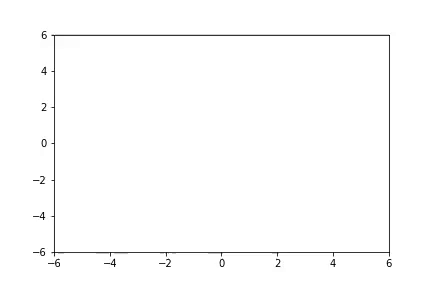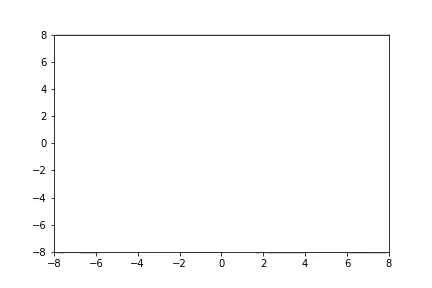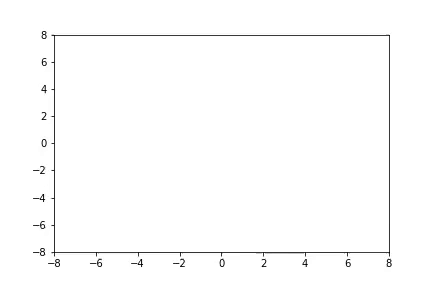ermongroup / A Nice Mc
Labels
Projects that are alternatives of or similar to A Nice Mc
A-NICE-MC: Adversarial Training for MCMC
Tensorflow implementation for the paper A-NICE-MC: Adversarial Training for MCMC, NIPS 2017.
by Jiaming Song, Shengjia Zhao and Stefano Ermon, Stanford Artificial Intelligence Laboratory
A-NICE-MC is a framework that trains a parametric Markov Chain Monte Carlo proposal. It achieves higher performance than traditional nonparametric proposals, such as Hamiltonian Monte Carlo (HMC). This repository provides code to replicate the experiments, as well as providing grounds for further research.
A-NICE-MC stands for Adversarial Non-linear Independent Component Estimation Monte Carlo, in that:
- The framework utilizes a parametric proposal for Markov Chain Monte Carlo (MC).
- The proposal is represented through Non-linear Independent Component Estimation (NICE).
- The NICE network is trained through adversarial methods (A); see jiamings/markov-chain-gan.
Running the Experiments
The code depends on tensorflow >= 1.0, numpy, scipy, matplotlib, and pandas. It has been tested on both Python 2 and Python 3.
The Effective Sample Size metric for evaluating MCMC algorithms will appear on screen, and is stored in logs/[experiment_name]/ess.csv.
Analytical Expression Targets
To run the Ring experiments:
python examples/nice_ring2d.py
python examples/nice_lord_of_rings.py
To run the Mixture of Gaussian experiments:
python examples/nice_mog2.py
python examples/nice_mog6.py
Bayesian Logistic Regression Posterior Inference
To run the experiment on Australian dataset:
python examples/nice_australian.py
To run the experiment on the German dataset:
python examples/nice_german.py
To run the experiment on the Heart dataset:
python examples/nice_heart.py
The resulting ESS should be at least as good as reported in the paper (if not better, train it for longer iterations).
The running time depends on the machine, so only the ratio between running times of A-NICE-MC and HMC is particularly meaningful. Sanity check: during one update HMC computes the entire dataset for 40 + 1 times (HMC steps + MH step), while A-NICE-MC computes the entire dataset for only 1 time (only for MH step); so A-NICE-MC at this stage should not be 40x faster, but it seems reasonable that it is 10x faster.
Visualization
Visualizing samples from a single chain (in the 2d case). Details are in figs/animation.ipynb (install ffmpeg if necessary).
How A-NICE-MC Works
In general, Markov Chain Monte Carlo methods estimate a density p(x) by sampling through a Markov Chain, where the transition kernel has two components:
- A proposal
p(x_|x)that proposes a newx_given the previousx. The proposal should satisfy detailed balance. - A Metropolis-Hastings acceptance step (MH step), which accepts or rejects
x_according top(x)andp(x_).
It might be tempting to use any generative model as the proposal; however, training is difficult because the kernel is non-differentiable, and score-based gradient estimator are not effective when initially the rejection rate is high.
Therefore, we draw ideas from Hamiltonian Monte Carlo and NICE. NICE is a deterministic, invertible transformation that preserves volume; HMC introduces an auxiliary variable that reduces random walk behavior.
A NICE Proposal
We can therefore use a NICE network x_, v_ = f(x, v) as our proposal, where v is the auxiliary variable we sample independently from x at every step.
Hence, we can treat f(x, v) as some "implicit generative model", which can be used to construct p(x_|x).
We use the following proposal to ensure p(x_, v_|x, v) = p(x, v|x_, v_) for all (x, v) and (x_, v_) pairs,
thereby satisfying the detailed balance condition directly.
- For
p = 0.5,x_, v_ = f(x, v) - For
p = 0.5,x_, v_ = f^{-1}(x, v)
Training
Then, we can utilize adversarial training to train the Markov Chain from f(x, v) (not the proposal),
thereby making the entire objective differentiable.
Wait! How can you train on a differentiable model that is totally different from the MCMC kernel that you sample from?
Due to the invertibility of the NICE network, if the forward operation tranforms a point in the (x, v) manifold to another point in the (x, v) manifold, then the backward operation will do the same. Meanwhile, the forward operation will encourage the points to move toward p(x, v) and the MH step tends to reject backward operations, thereby removing random-walk behavior.
Increasing ESS with Pairwise Discriminator
Ideally we would like to reduce autocorrelation between the samples from the chain. This can be done by simply providing a pair of correlated data to the discriminator as generated data, so that the generator has the incentive to generate samples that are less correlated.
Suppose two settings of generation:
x -> z1z -> z2 -> stop_gradient(z2) -> z3
where x is the "true data", z is the starting distribution, and z1, z2, and z3 are the distribution that are generated by the model. In the case if pairwise discriminator, we consider the two type of pairs: (x, z1) and (z2, z3). The optimal solution for the generator (given a perfect discriminator) is to let p(z1), p(z2), p(z3) to be the data distribution and z2 and z3 are uncorrelated.
This is illustrated in the following figure:
Bootstrap
In order to obtain samples to begin training, we adopt a bootstrap technique to obtain samples from our own model, which allows us to improve the sample quality and the model quality iteratively.
Currently, we draw the initial samples from the untrained model (with randomly initialized samples). This sounds a bit crazy, but it works in our experiments. For domains with higher dimensions it might be better to start with a chain that has higher acceptance rate.
Citation
If you use this code for your research, please cite our paper:
@article{song2017nice,
title={A-NICE-MC: Adversarial Training for MCMC},
author={Song, Jiaming and Zhao, Shengjia and Ermon, Stefano},
journal={arXiv preprint arXiv:1706.07561},
year={2017}
}
Related Projects
markov-chain-gan: training a transition operator for a Markov chain. This contains part of the image generation experiments for this paper.
Contact
This method is very new and experimental, so there might be cases where this fails (or because of poor parameter choices). We welcome all kinds of suggestions - including but not limited to
- improving the method (MMD loss for
v? other bootstrap techniques?) - additional experiments in other domains (some other applications that this method would shine?)
- and how to improve the current code to make experiments more scalable (
saveandloadfeature?)
If something does not work as you would expect - please let me know. It helps everyone to know the strengths as well as weaknesses of the method.





